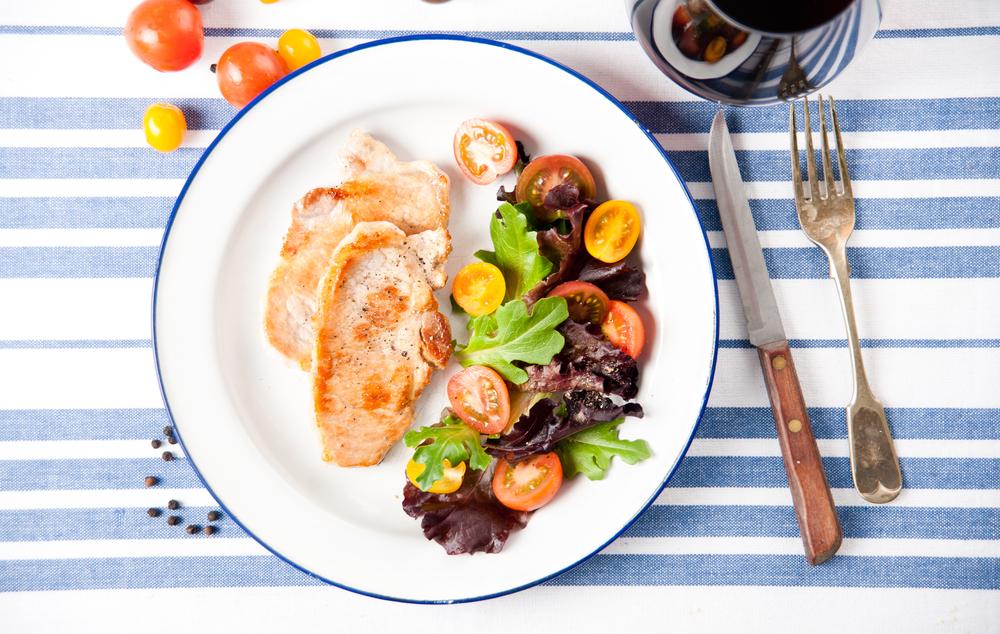
Gout diet: What to Eat and What to Avoid
Uric acid is produced when the body breaks down purine, a naturally occurring chemical in the body and is also found in some food sources. It is usually eliminated from the body in the form of urine. However, when the body is unable to eliminate uric acid, it starts accumulating in the blood. This further leads to the formation of uric crystals which starts settling in and around joints. As a result, a person experiences pain in the joints. Being a painful form of arthritis, gout can be treated by lowering uric acid levels in the body. This can be achieved by following treatments prescribed by the doctor and following a diet meant for gout which can lower uric acid levels in the body. Here are some foods that you can eat and avoid to prevent or get relief from gout symptoms:
1. Food items to eat
Following are the food items that should be included in the diet for gout.
- Cherries
Cherries contain anti-inflammatory compounds that can lower gout symptoms. Cherries also contain vitamin C, which lowers uric acid in the blood, thereby discouraging the formation of uric acid crystals in the body. Other fruits and vegetables that are rich in vitamin C include oranges, strawberries, bell peppers, and pineapples.
- Dairy
Studies have shown that the proteins present in dairy products such as yogurt and low-fat milk promote excretion. This can flush out uric acid from the body, thereby reducing crystal formation and hence the pain in the joint.
- Coffee
A recent review of foods to eat for gout suggests that coffee can also provide relief from gout. Coffee contains compounds such as minerals, polyphenols, and caffeine that can reduce uric acid levels in the blood. It is also believed that coffee can compete with the enzyme that breaks down purines in the body. This can also provide relief from gout symptoms.
- Legumes
Lentils, beans, soybeans contain similar proteins present in dairy and meats that can help in eliminating uric acid and maintain a low purine level in the body. This provides relief from gout symptoms.
- Plant proteins
Plants such as seitan, hemp seeds, green peas, spirulina, quinoa contain proteins also have a low-purine profile. This is because unlike animal-based proteins plant proteins do not contain saturated fat that can aggravate gout symptoms.
2. Food items to avoid
In a nutshell, all food sources which have a high purine level should be avoided. Some of these food sources include:
- Seafood
- Red meat
- Sugary beverages
- Alcohol
- Yeast
- Anchovies
- Organ meats such as brain, heart, kidney, and liver
It is also recommended to limit salt intake as excess salt can cause water retention making it difficult to flush out uric acid from the body. Some doctors recommend including a moderate amount of animal protein in the gout diet which can discourage crystal formation around the joints.
Many doctors and physicians recommend adopting the dash diet. This type of diet focuses on including more plant-based proteins. The doctors create a daily diet plan of specific foods to eat and avoid to reduce or prevent symptoms of gout. Apart from this, it is equally important to keep a check on any symptoms related to gout and consult a physician so that they can diagnose and treat the condition effectively.


